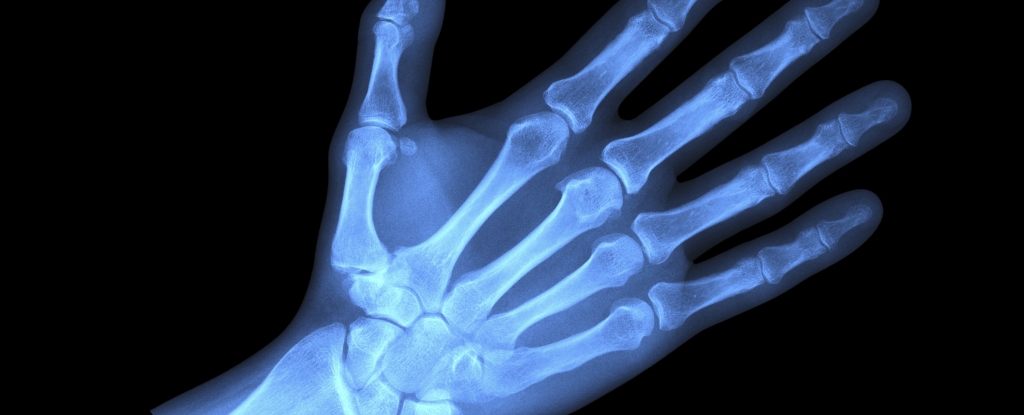In a groundbreaking development, researchers have cracked a 500-year-old anatomical puzzle that was first identified by the brilliant Leonardo da Vinci. The mystery surrounds the trabeculae of the heart, an intricate muscular network that has baffled scientists for centuries. Da Vinci sketched these fine, branching structures in the 15th century after meticulously dissecting the human heart. However, it wasn’t until recent advancements in computational biology and genetics that the function and importance of the trabeculae were truly understood. This discovery, published in Nature, combined fractal analysis, MRI technology, and genetic research to unveil crucial insights into heart health that could have a profound impact on cardiovascular research and treatment.
Da Vinci’s Pioneering Work on Human Anatomy
Leonardo da Vinci, the polymath renowned for his art and scientific inquiries, made significant contributions to the study of human anatomy. His work, particularly his dissections of the human body, was revolutionary for his time. In the late 15th century, while most of Europe still adhered to ancient ideas about human anatomy, da Vinci’s detailed sketches of the human heart, muscles, and organs went far beyond what was known at the time. His heart drawings, in particular, included the first depictions of trabeculae, complex, tree-like structures within the heart’s chambers.
Though da Vinci had observed these structures, he was not entirely sure of their function. He theorized that they played a role in ensuring the circulation of blood, a precursor to what we know today about cardiovascular function. However, the exact role of the trabeculae remained a mystery for centuries. His work laid the foundation for future generations of scientists to unravel the secrets of heart anatomy, though it wasn’t until the 21st century that technology caught up with his insights.
The Discovery of Trabeculae’s Role in Heart Disease
In the Nature article titled “The role of myocardial trabeculae in cardiac function and disease”, researchers utilized a novel combination of genetics, MRI imaging, and fractal analysis to finally unlock the true function of trabeculae. This study, which analyzed heart images from more than 18,000 participants in the UK Biobank, revealed that the trabeculae are not simply remnants of embryonic development, as once believed. Instead, they play a vital role in regulating the heart’s performance by affecting the efficiency of blood flow.
One of the most groundbreaking aspects of this study was the identification of a link between trabecular structure and the risk of cardiovascular diseases. Researchers found that certain structural characteristics of trabeculae correlate with a higher likelihood of heart conditions such as heart failure and arrhythmias. This finding opened a new door in the study of genetic predisposition to heart disease. Researchers could now pinpoint specific genetic loci that contribute to the formation and regulation of trabeculae, giving them a better understanding of how heart diseases develop at a molecular level.
Fractal Theory and Its Role in Understanding the Heart
Fractal theory, which deals with complex, self-similar patterns found in nature, played a crucial role in this discovery. Just as a tree branches out into smaller and smaller limbs, trabeculae have a similar branching structure within the heart. By applying fractal analysis, scientists could study these branching patterns in detail, allowing them to make more accurate predictions about how the heart functions. This mathematical model not only helped in understanding the trabeculae’s role but also provided insights into how these structures might influence heart performance and disease risk.
The application of fractal theory was particularly important because it allowed researchers to analyze the complex geometrical patterns of trabeculae in a way that wasn’t possible with traditional methods. By examining the branching structure in such detail, the team was able to identify subtle differences between healthy and diseased hearts. This breakthrough opened up new avenues for using computational models to simulate heart disease and predict how different factors, such as genetics or lifestyle, may affect heart health.
The Intersection of Genetics and Cardiology
One of the most significant revelations from this study was the intersection of genetics and the trabeculae’s role in heart disease. By using data from the UK Biobank, scientists were able to correlate specific genes with the development and function of trabeculae. This breakthrough is especially important because it ties the structural changes in the heart to underlying genetic factors, providing a more comprehensive understanding of heart disease.
Through this genetic analysis, researchers identified several loci linked to the regulation of trabeculae. These loci are responsible for the formation of the trabecular network, and variations in these genes may contribute to abnormalities in heart function. This discovery could lead to the development of new genetic tests for early detection of heart disease, enabling doctors to identify individuals at risk before symptoms even appear. Furthermore, understanding the genetic basis of trabeculae could lead to targeted therapies aimed at modifying these structures to prevent or treat heart disease.
Source link


